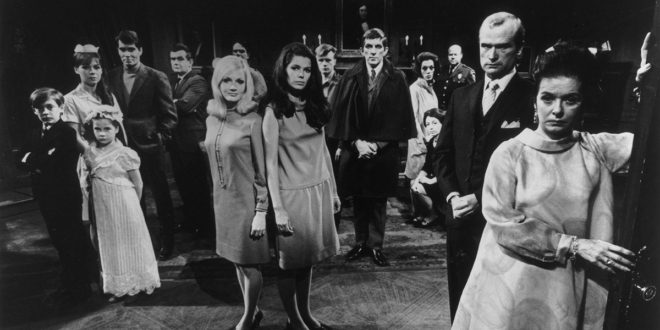It was on this day, June 27th of 1966, that audiences watched a train hurtling through the cold, moonlit night along a rocky coastline. Aboard this train was a young woman in her twenties, Victoria Winters (Alexandra Moltke). Her destination: the small fishing village of Collinsport, Maine. She has been hired by the powerful and wealthy Collins family to be the new governess for 10-year-old David Collins (David Henesy). She has no idea this decision would forever alter the course of her life, and little did we know from these humble beginnings would emerge a cult phenomenon of a show that has captivated audiences for over half a century: Dark Shadows.
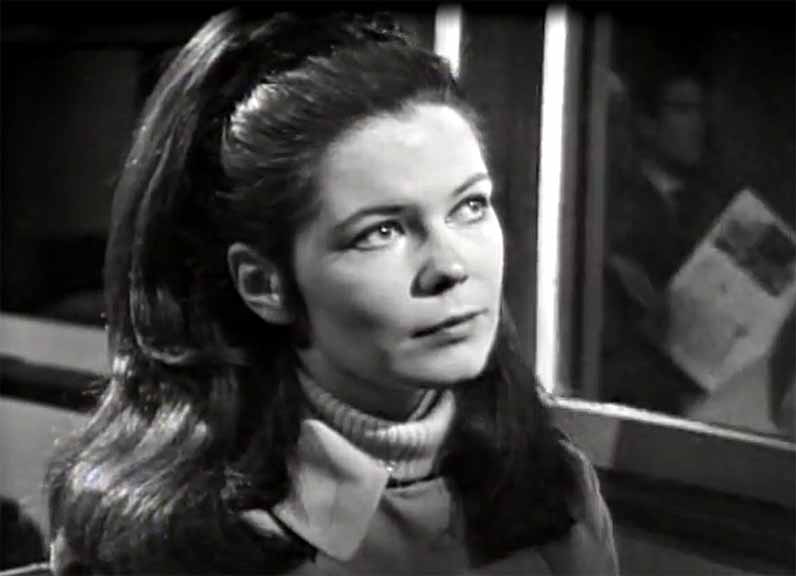
That opening sequence from the pilot actually came to series creator Dan Curtis in a dream in 1965. Upon the urging of his wife, Norma, he pitched the idea to the ABC Network, who ultimately greenlit the series. Dark Shadows never initially set out to be a horror show. It was originally a suspenseful, gothic romance and soap opera. It always had a brooding atmosphere, an uneasy feeling that there was something sinister bubbling underneath the surface. It was more than a little implied that the eccentric Collins family had acquired their considerable wealth through some unscrupulous means and had a great many skeletons hiding in their closets. But the pacing of the show in those early days was all wrong. It was taking much too long for the story to unfold, and audiences were quickly losing interest. By December of 1966, the show was dead last in the ratings compared to the other soaps of the time, and Dark Shadows was on the verge of cancellation. With the writing on the wall, Dan Curtis pleaded with ABC to give him another 13 weeks to turn the show around. Feeling like he had nothing to lose, Dan decided if he was gonna go out, he was gonna go out with a bang.
It was here that Curtis decided to incorporate horror and supernatural elements into the storyline. The first major story arc to heavily incorporate the supernatural involved David’s mother, Laura Collins (Diana Millay). After escaping an institution in Arizona, Laura seeks to be reunited with her son at Collinwood. As it turns out, Laura is a phoenix, and it was her intention to die in a fire with David so that they could be reborn again from the ashes. This new turn in the writing sparked viewer interest, and the ratings slowly started to rise. But in April of 1967, a new resident would arrive at the estate of Collinwood that would catapult the show to superstardom… the reluctant vampire Barnabas Collins (Canadian actor Jonathan Frid).
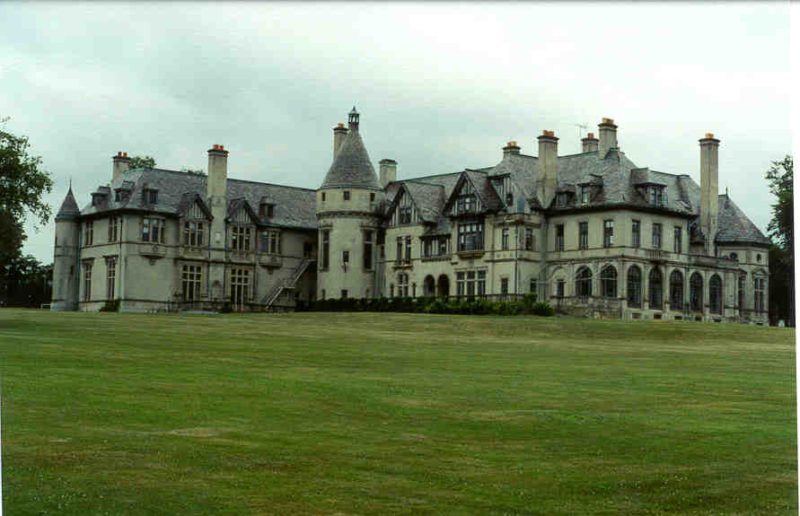
Dark Shadows looked to completely shatter the mold of how vampires had always been portrayed by Hollywood up to that point in time with the Barnabas character. Barnabas had all the powers and the insatiable thirst for blood as his predecessors, but he also had a conscience. He was a romantic hero, cursed for all eternity because he scorned the wrong woman. He loathed what he was, feeding only out of necessity. He was genuinely remorseful for the lives he hurt. He was a vampire with a sensitive side, decades before we had Anne Rice’s Louis from Interview with the Vampire (1994) or Angel from Buffy the Vampire Slayer (1997), and the viewers just couldn’t get enough. The ratings went soaring, and suddenly ABC had a runaway smash on their hands.
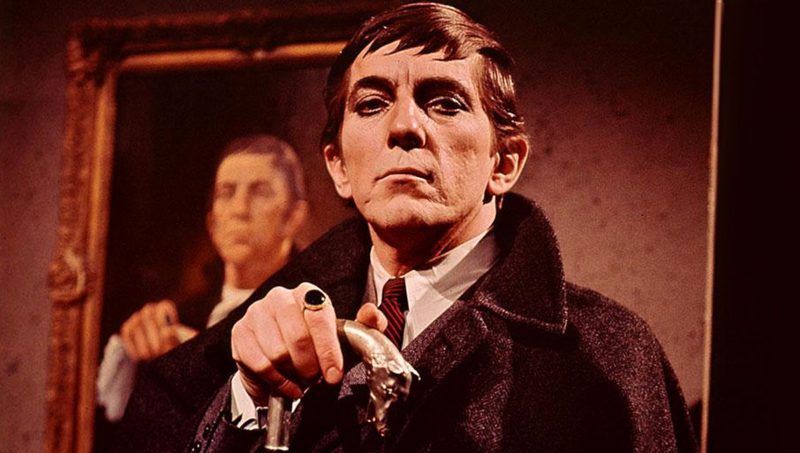
With the enormous success of the Barnabas character, there was no turning back. All manner of horror and the supernatural became fair game. Witches, werewolves, zombies, time travel, and the occult… nothing was too farfetched or off limits, and the audience was eating it up voraciously. Nobody could have predicted the success of Dark Shadows; there was simply nothing like it on television. Most people would have said horror content would be far more appropriate for nighttime television, but here it was airing smack dab in the middle of the afternoon. In its original airing, Dark Shadows played around 4pm EST, a challenging but also extremely coveted time slot for the television networks. It was when stay at home moms and housewives were looking for a moment’s rest from the day’s chores, but also right around the time children would be getting home from school. Finding a program that could appeal to people of all ages was difficult, but Dark Shadows managed to do just that. It was never too scary or bloody for young people to where parents needed to feel concerned, but was just edgy and spooky enough to keep them enthralled. Kids were literally rushing home from school so as to never miss a minute. Meanwhile, adults were getting a satisfyingly fulfilling drama and romance. It bridged the generational gap with colossal success.
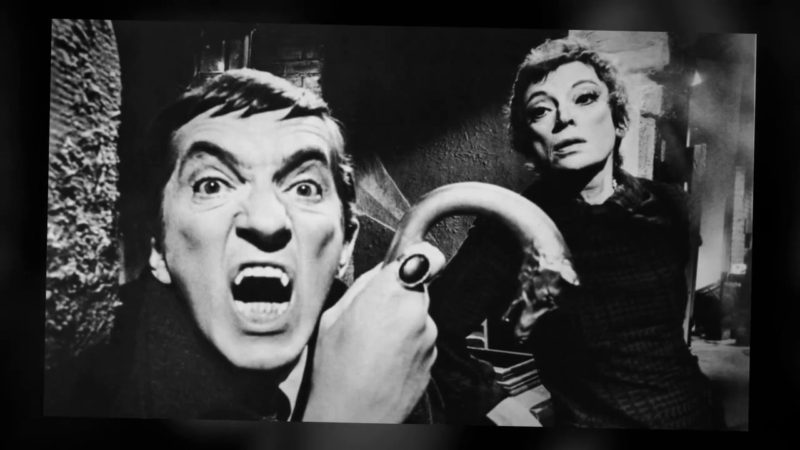
This was also a tumultuous time in American history. We were still reeling from the JFK assassination from 1963. We were embroiled in the Vietnam War, which caused tremendous civil unrest here at home. Racial tensions were high with the Martin Luther King assassination in 1968. The country was in complete upheaval, and people were desperate for an escape. Even if just for a half hour each day, people wanted something they could lose themselves in. Dark Shadows existed within a fantastical place all its own, a world without limits, full of magic, mystery, and intrigue, and it provided the perfect distraction from the real world.
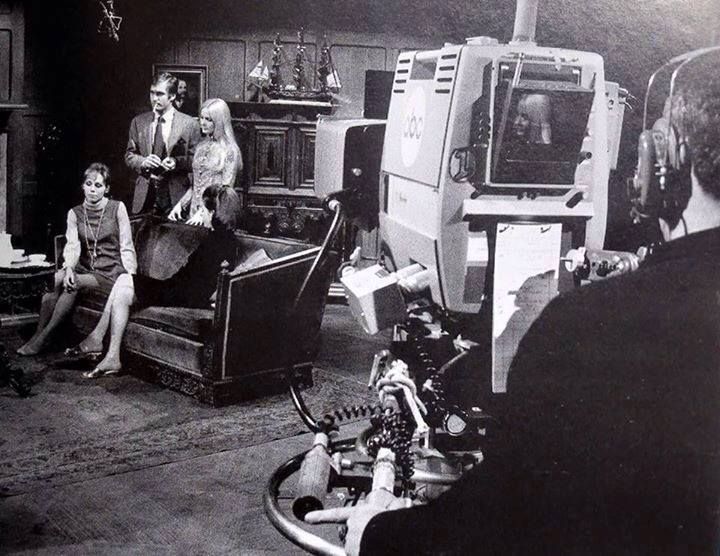
It was no surprise with the immense success of Dark Shadows that MGM approached Dan Curtis to make a film version. House of Dark Shadows (read our retro review here) arrived in theaters in October of 1970. The film regurgitated some familiar storylines from the show, but revamped (Get it? Re-vamp?) them with Barnabas embracing his vampirism instead of despising it. It was also a big step up from the show in terms of budget and presentation. It wasn’t rushed like the show was. The actors could take their time. They could actually re-shoot scenes in case someone messed up a line or something didn’t turn out quite right. Because it wasn’t on daytime television, they could actually incorporate more blood and gore. The response was rabid, and House of Dark Shadows proved to be a box-office blockbuster.
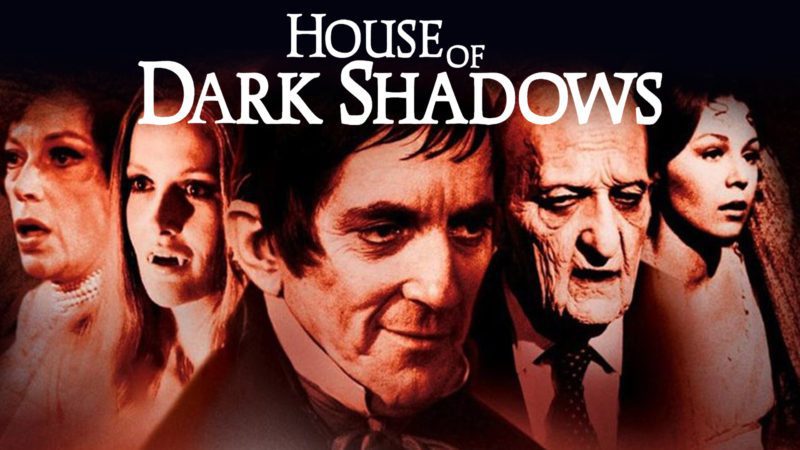
House of Dark Houses did so exceedingly well that MGM tapped Dan Curtis almost immediately for a second film. Unfortunately, not everyone was so enamored with the idea. Jonathan Frid was extremely disappointed in House and refused to reprise the role of Barnabas in the next film, a move that infuriated Curtis and very much soured their relationship going forward. With the show’s most popular bloodsucker balking, Night of Dark Shadows (1971) became a spotlight for two of the other most popular characters in the show – Quentin Collins (David Selby) and Angelique (Lara Parker). I personally preferred Night of Dark Shadows over House for its completely original storyline, but the film proved considerably less successful.
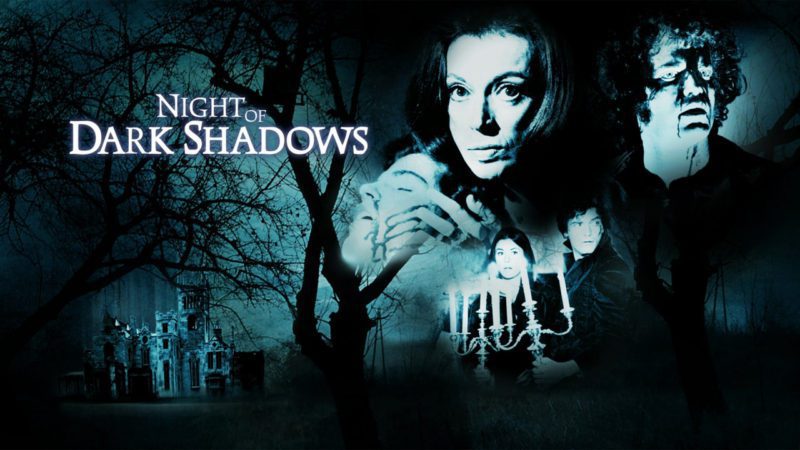
By the time 1971 rolled around, Dark Shadows was definitely losing steam. Dan Curtis was tapped out, feeling they had exhausted nearly every idea imaginable. On April 2, 1971, after 5 years and 1,245 episodes, the coffin lid closed on the series for the final time. But much like its most popular character, Dark Shadows simply refused to stay buried. After a few years away from horror, Dan Curtis resurrected Dark Shadows for a 1991 revival series on NBC. It certainly had a more glossy and modern look than the original series, and it was actually quite good. But the re-boot had the misfortune of airing right in the midst of The Gulf War. It was frequently interrupted by news and war coverage, and the abysmal ratings got the show cancelled after just one 13 episode season. Most recently, Tim Burton directed his re-envisioning of Dark Shadows with a film adaptation in 2012, featuring an all-star cast led by Johnny Depp as Barnabas Collins. I wanted to love the movie, but it played much more like a campy comedy than a serious drama, and I feel like it completely missed the mark. Dark Shadows also lives on in DVD collections from MPI, audio books, and 4 excellent best-selling novels penned by Lara Parker, who played my favorite character on the original show, the bewitching Angelique. There has also been rumors circulating that the CW Network might be looking to revive the series again, although nothing definite has been confirmed as of yet.
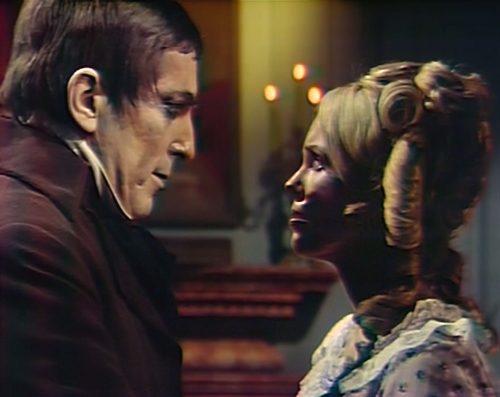
After 55 years, Dark Shadows still continues to capture the hearts and imaginations of millions the world over. It casts an intoxicating spell of horror, drama, romance, and suspense that is impossible to resist. Although it had a considerably shorter life span than most soap operas, this series cultivated a rabidly devoted fanbase, and its enduring longevity is still going strong to this day. I was introduced to it in 1992, 26 years after its initial release, when it became a staple in The Sci-Fi Channel’s weekday programming (before it became SyFy). I fell completely in love with it, and much like the teenagers of the ’60s, I never wanted to miss an episode. To this day, it’s still my favorite television show of all time, and I don’t see anything ever replacing it. At its core, Dark Shadows is a tragic love story that spans space and time. It has withstood the test of time, and nothing, not even a stake to the heart, can erase the lasting legacy of Dark Shadows.
 PopHorror Let's Get Scared
PopHorror Let's Get Scared
